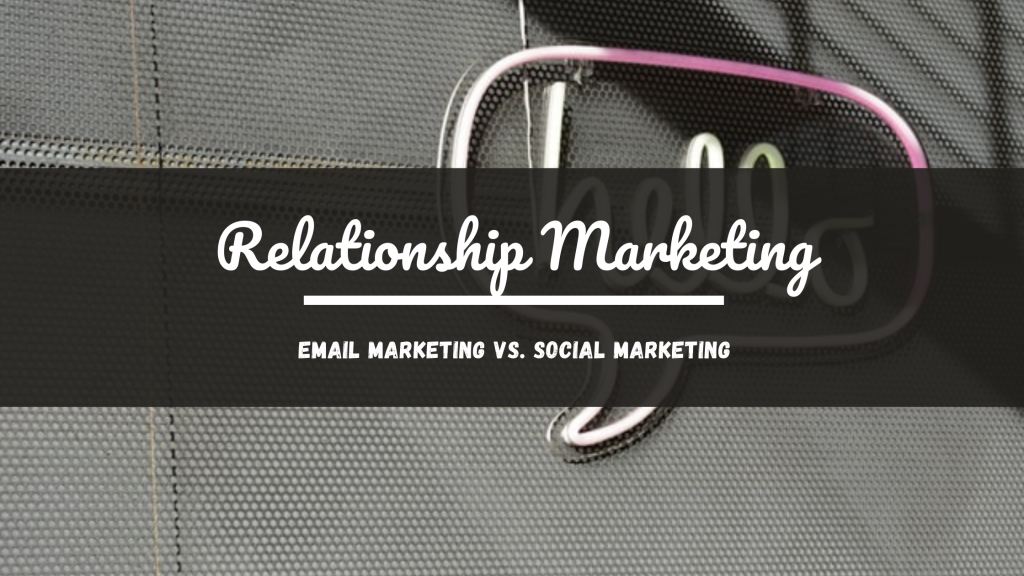
If you are a Solopreneur, then you know the importance of having both an email list of subscribers as well as a social media presence. Both of these combined helps you build your brand recognition, cater to the needs of your audience, and conduct one of the most important elements of this career – monetization.
Email Marketing and Social Marketing are two completely different strategies and each have their own set of benefits and drawbacks. While it’s important that you not neglect either of them, you want to understand which ones serve you best for different things.
Once you know how to wield the power of communication with both of these strategies, you will be able to continually optimize and tweak your efforts to perform better over time.
Just as there are many different email autoresponder tools, there are also many different Social Marketing platforms. You can compare the two in terms of cost, reach, and rules to determine which ones would better serve your business for your intended goals.
The Importance of Ownership
You may or may not have heard the horror stories of fellow marketers who have built up a presence on a platform, only to have it disappear overnight. All of their hard work goes down the drain when they don’t have any back-ups to use in their marketing efforts.
Unless you own your domain and server, much of what you do online will legally be owned by others. When it comes to email autoresponders, you can build a list of subscribers there, but the possibility of the autoresponder company closing your account unexpectedly is a very real, but rare one.
In order to combat this, you must export your list of subscribers so that you can duplicate it elsewhere if and when you need to. While you don’t technically own anyone’s contact information, you can use it to reach out to them again once you’ve set up a list elsewhere and ask if they would like to opt into your new list.
This at least prevents you from having to start from scratch and recruit subscribers all over again. You may want to keep a back-up version of each one of your broadcasts or follow up messages that you have sent out.
These emails might be used as a blog post on your domain, which you then own. Or, you may simply store them in a file somewhere so that you can upload them to your new autoresponder tool once you have it in place.
When it comes to Social Media platforms and apps, you don’t own your accounts there, either. There have been many marketers who have had their YouTube account scrubbed from the platform, their Facebook group of thousands of members shut down unexpectedly, and their accounts banned from places like Pinterest, Instagram, and elsewhere.
Often, there is no known reason for these actions. Sometimes, in rare occasions, you are able to dispute the ban and have your account restored. But more often than not, platforms will typically deny your request without explanation and leave you stranded with no way to contact your followers.
It’s imperative that you encourage people on the various social marketing platforms to go and sign up to your email list so that you have another way to contact them if and when your social account is banished.
You can usually achieve this by creating an impressive freebie opt in gift and a landing page for them to sign up on. One thing you may want to do is keep tight control over your profiles and groups on social platforms.
It’s very risky when you have others onboard, such as moderators, who can sabotage your work if and when they have a disagreement with you. You also may want to keep the group private, closely evaluating who you allow in so that they aren’t reporting you and trying to get your account banned.
The only drawback of this is that the posts you create will not be shareable by its members, causing it to lose its viral ability. However, if you start having trouble with any members, it’s a wise move to protect your ability to communicate with your followers.

